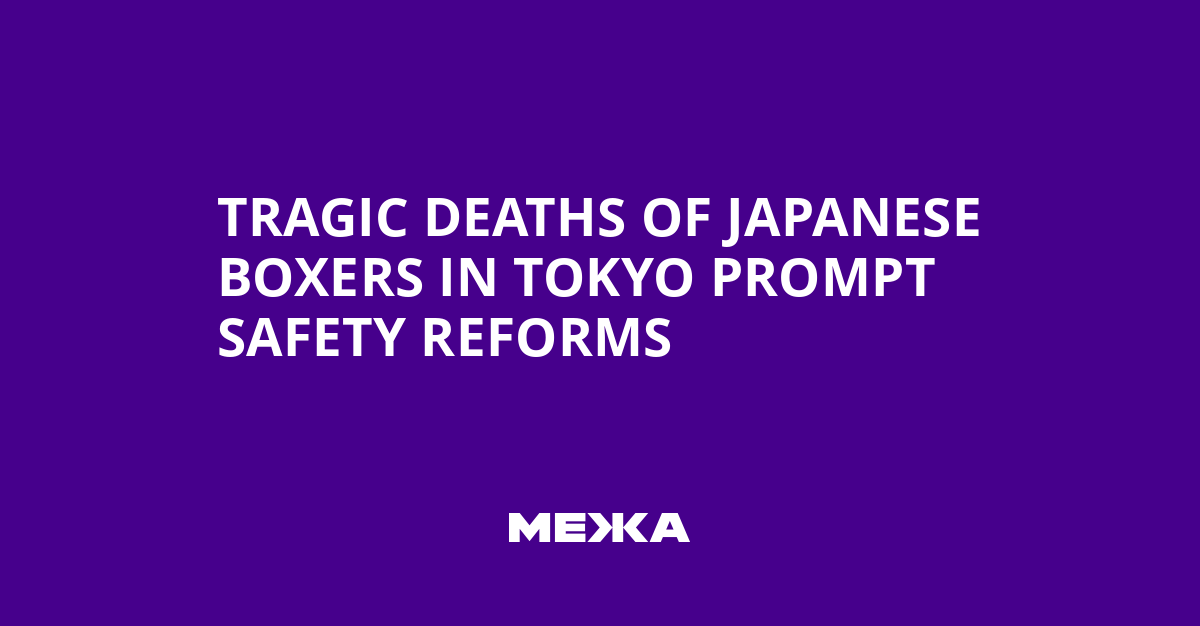
As reported by World Boxing Organization’s Twitter account
In Tokyo, after an evening of boxing, a tragic event occurred: two Japanese boxers sustained serious injuries during the bouts and died from traumatic brain injuries. Hiromasa Urakawa and Shigetoshi Kotari did not survive the brutal aftermath of the bouts held that boxing night.
There are questions about who bears responsibility for the events of that night, as both athletes sustained serious injuries during the clashes. Urakawa was taken to the hospital after a bout with Yoji Saito: the eighth round delivered a fierce knockout, after which he could not rise. Medics performed surgery to remove the blood that had accumulated between the skull and brain, but the man never regained consciousness.
A day prior to this tragic finale Kotari fought in a 12-round bout that ended in a draw. After the fight he fainted in the locker room and was hospitalized in Tokyo, where he also underwent surgery to remove blood from the cranial area. Unfortunately, Kotari did not survive.
Kotari’s opponent was Yamato Hata, who also ended up in hospital and is currently in a coma; his further fate remains uncertain.
“WBO mourns the death of Japanese boxer Hiromasa Urakawa, who tragically died from injuries sustained in the bout against Yoji Saito in Tokyo. This heartbreaking news comes shortly after the death of Shigetoshi Kotari, who died from injuries sustained in a bout on the same boxing night. We extend our deepest condolences to the families, friends, and the Japanese boxing community during this incredibly difficult time.”
– WBO
Following these tragic events, the Japanese Boxing Commission (JBC) announced that all title fights within the Oriental and Pacific Boxing Federation (OPBF) will now be ten rounds instead of twelve.
Reactions and Next Steps
The boxing community and regulators emphasize the need to strengthen safety measures during competitions and post-fight supervision of athletes. Investigations into the causes of the injuries are ongoing, and their findings may determine further steps regarding safety and the organization of future bouts.


AloJapan.com